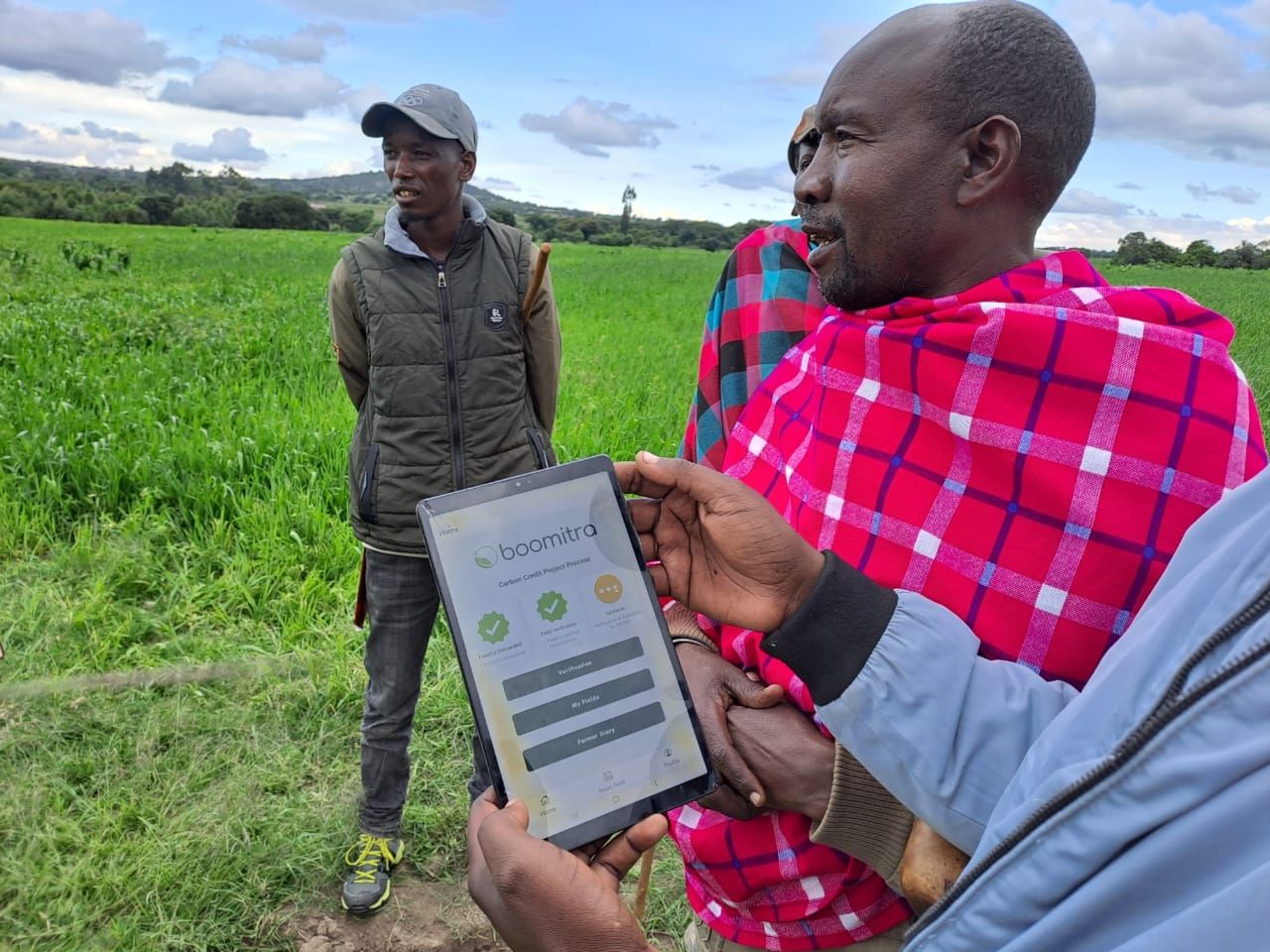scroll

Climate change is escalating, and organizations across the globe are looking to reduce their environmental impact and drive positive change. One key strategy: resilient carbon credit portfolios. Carbon removal credits offer a pathway to carbon neutrality while supporting sustainable practices and community resilience. It’s a crucial investment.
Everyone should use a multifaceted approach to construct a resilient carbon credit portfolio, considering diverse factors like project selection criteria, impact evaluation methods, and the integration of nature-based solutions. Let’s delve deeper into each of these components.
Choosing the right carbon credit project requires a thorough evaluation of project characteristics to ensure they align with your sustainability objectives. To effectively assess potential projects, consider these factors:
Scalability: This term refers to the potential of a carbon credit project to be expanded or replicated, so that it can have a larger impact on carbon sequestration. A robust carbon credit portfolio should include scalable projects. A life cycle assessment is a valuable tool for evaluating scalability. It examines various stages of the project’s implementation and operation to determine if it can be feasibly scaled up without compromising its effectiveness or integrity.
Additionality: Additionality determines whether the emissions reductions or removals of a carbon project would have occurred without the intervention of the project. Evaluating additionality is essential to ensure that your investments lead to genuine emissions reductions that surpass the business-as-usual scenario. Third-party verification, in accordance with standards like the Verra Verified Carbon Standard (VCS), provides comprehensive measures to confirm a project’s additionality.
Co-Benefits: Co-benefits are additional positive impacts that a project imparts on the environment and society. An effective carbon credit portfolio should include a spectrum of co-benefits to enrich the total value of your investments. Strategic social impact assessments are crucial for determining if a project provides these extra environmental and social benefits, which can range from biodiversity conservation and soil health improvement to local community empowerment. Moreover, additional certifications, such as the Climate, Community & Biodiversity (CCB) Standard, offer robust frameworks for validating the tangible environmental and social advantages delivered by these projects.
Nature-based solutions (NBS), including soil carbon credits and reforestation projects, are a vital component of any resilient portfolio. These solutions harness the power of nature to sequester carbon dioxide from the atmosphere, while providing numerous co-benefits for communities and ecosystems. Soil carbon projects, specifically, improve soil health, enhance agricultural productivity, and promote water conservation. They’re storing carbon and driving climate change resilience.
In today’s climate-conscious landscape, transparency and communication about your carbon credits are crucial, so that your stakeholders can trust your portfolio. You can do this by openly disclosing (1) your rigorous standards for carbon credit projects, (2) your verification methodologies, and (3) the tangible impacts from removing carbon from the atmosphere. This transparency about your carbon credit investments demonstrates credibility and trustworthiness.
It’s also crucial to educate your stakeholders about the robustness of carbon removal credits as a strategy, emphasizing that it mitigates climate change while catalyzing biodiversity, social equality, economic self-sufficiency, and other co-benefits. By proactively addressing concerns and educating your stakeholders, you can demonstrate how carbon removal credits are a legitimate and impactful solution.
The growing climate crisis underscores the need for robust carbon credit portfolios to reduce emissions, spur environmental and social progress, and drive innovation. By strategically embracing nature-based solutions, you position your company as a climate action leader. Join us in our mission to scale high-quality soil carbon sequestration projects. Together, we can leverage carbon credits to remove emissions, bolster communities, and build a more sustainable world for generations to come.
Interested in learning more? Schedule a call with our team for tailored insights.



